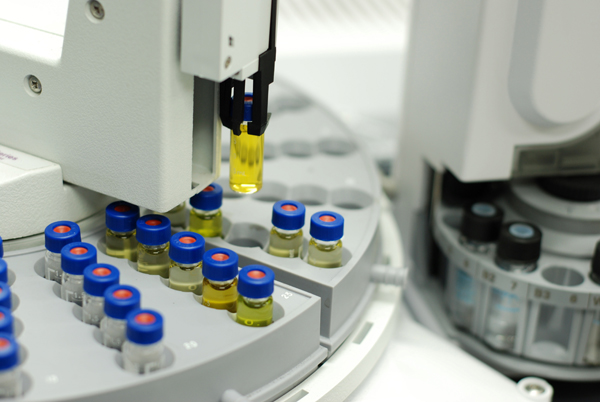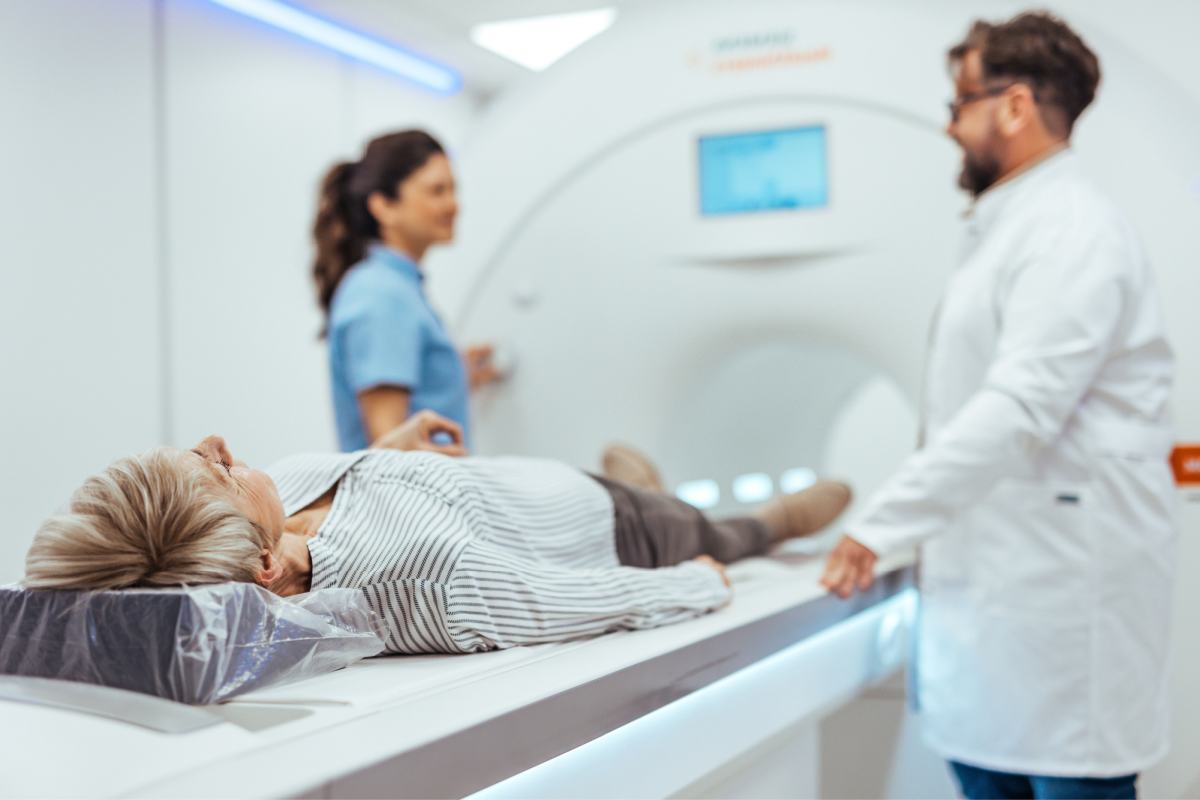Research conducted at The Scripps Research Institute (TSRI), has identified a fundamental flaw in a common laboratory technique: gas chromatography mass spectrometry (GC-MS) changes the small molecule samples, as it performs its analysis.
Gary Siuzdak, senior director of TSRI’s Scripps Center for Metabolomics, professor of chemistry, molecular and computational biology, and the principal investigator for this study said, “We found that even relatively low temperatures used in GC-MS can have a detrimental effect on small molecule analysis.” The results of the research were published in the journal, Analytical Chemistry.
Using a data analysis system developed in Siuzdak’s lab – called XCMS – the investigators were able to visualize changes occurring to the small molecules in the course of a test that mirrored a GC-MS experiment. Some molecules in the sample were even completely degraded in the course of the experiment, which caused the researchers to doubt the accuracy of data collected using this technique.
GC-MS has been used for over 50 years to identify and quantify the material in a solution. The technology works by heating and vaporizing a sample, after it has been injected into the machine. The vaporized molecules are separated using a gas chromatography column, followed by identification of the components by mass spectrometry.
The technology currently sees widespread use in a number of disciplines including disease diagnosis, chemical analysis, forensic investigations and environmental monitoring. In an attempt to determine how small molecules respond to the heat treatment integral to GC-MS, Siuzdak and his team completed a number of experiments.
They found that up to 40 percent of the molecules studied displayed altered molecular profiles. This result led the researchers to propose that the heating step of GC-MS analysis could be dramatically affecting the molecules present in the sample.
Siuzdak said, “The results were quite astounding – as this is a technology that has been used for decades.” These initial studies led to a more in-depth analysis of the effect of heat on small molecules.
The researchers exposed prepared samples to temperatures of 60, 100 or 250 degrees Celsius, and loaded the samples into a low-temperature GC-MS coupled with their XCMS platform. Previous studies have shown that low-temperature GC-MS does not expose the sample to thermal degradation.
The results were surprising: nearly half of the molecules in the sample exposed to the highest temperature were found to be changed or completely degraded, while significant degradation also occurred at the lowest temperature.
“In retrospect, there was very little to be surprised about: heat degrades molecules,” commented Siuzdak. “However we’ve simply taken for granted the extent of thermal degradation. While this is a negative result and scientists rarely publish them, I felt compelled especially for the students just getting started in their careers to report the limitation of such a ubiquitous technology.”
The heat degradation could be responsible for the prevalence of unknown molecular “peaks” present in samples. In light of the new evidence, the researchers propose that those unidentified molecules may be formed during the heating process, thereby altering the sample’s composition.
The XCMS platform developed by the researchers is a cloud-based data analysis program, which is free to use. According to Mingliang Fang, a research associate at TSRI, and the lead author on the research paper, “With XCMS, we could expand our study to obtain a global profile of how the metabolites were altered – not just a few compounds.”
Despite the serious implications of the study regarding the efficacy of GC-MS as a tool, Siuzdak offers a possible solution to the thermal issue: “Fortunately these problems can be overcome with the use of standards in GC-MS as well as using newer, ambient temperature mass spectrometry technologies, and this report will likely stimulate more scientists to move to these less destructive alternatives.”
Sources:
- New TSRI metabolomic platform reveals fundamental flaw in common lab technology – http://www.medicalnewstoday.com/releases/300624.php
- Fang, M., Ivanisevic, J., Johnson, C., Kurczy, M., Patti, G., Hoang, L., Uritboonthai, W., Benton, H., and Siuzdak, G. (2015). Thermal Degradation of Small Molecules: A Global Metabolomic Investigation. Anal Chem.












Join or login to leave a comment
JOIN LOGIN